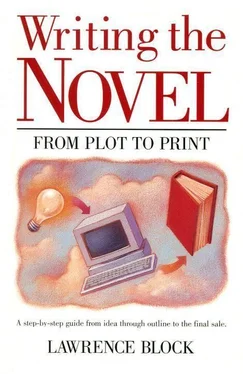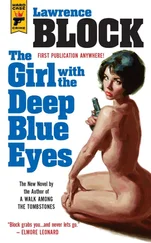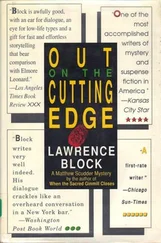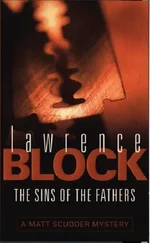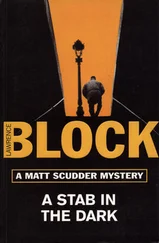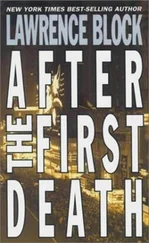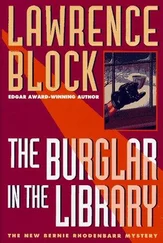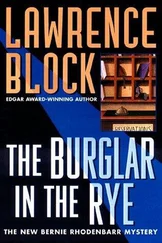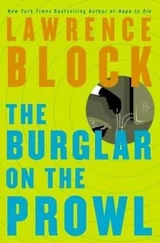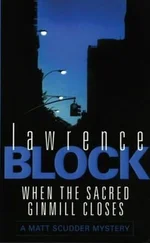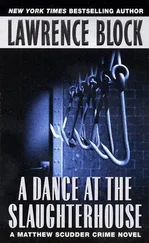Things are different now. Novels, crowded together like subway riders at rush hour, stand on tiptoe shouting “Read me! Read me!” They compete with each other and with the myriad other leisure-time activities clamoring for public favor. The reader, however prepared he may be for a long leisurely perusal, is not of a mind to spend a first chapter pruning a family tree. He expects a book to catch his interest right away; if it doesn’t, it’s the easiest thing in the world for him to reach for another.
“The first chapter sells the book,” Mickey Spillane says. “And the last chapter sells the next book.”
Spillane, I’m told, also claims to write a book’s final chapter first. His entire book is geared to build up to the impact of the finale, he theorizes, so he can best achieve a powerful climax by writing that last scene first, then writing the rest of the book as prelude, I can see the logic in this, but we’ll go with the premise for now that you’re going to write your book more or less in order, beginning with page one. If nothing else, it makes numbering the pages ever so much simpler.
To return to the point, the first chapter does indeed sell the book. If it is to do so successfully, the reader must be caught up in the story as quickly as possible. Things must be going on in which he can become immediately involved. If you can open with action, physical or otherwise, so much the better.
Beginners frequently have trouble managing this. I know I did. My first chapters tended to introduce characters. I would have them arriving in town, or moving into a new apartment, or otherwise embarking on a new chapter in their lives even as I embarked upon the first chapter of a new book. They would meet people and have exploratory conversations. What kind of a way is that to grab the reader’s attention in a grip of steel?
There’s a trick I’m going to share with you. I learned it almost twenty years ago and I’ve never forgotten it, and it’s yours for $9.95. If I were you and that were all I got for the price of this book, I don’t think I’d have cause to complain. So pay attention.
Don’t begin at the beginning.
Let me tell you how I first came to hear those five precious words. I had written a mystery novel, the second to be published under my own name; Gold Medal issued it under the eminently forgettable title of Death Pulls a Doublecross. The book was a reasonably straightforward detective story in the Chandler-Macdonald mode featuring one Ed London, an amiable private eye who drank a lot of brandy and smoked a pipe incessantly and otherwise had no distinguishing traits. I don’t recall that he was hit on the head during the book, nor did he fall down a flight of stairs. Those were the only two clichés I managed to avoid.
My original version of the book opened with London being visited by his rat of a brother-in-law, whose mistress has recently been slain in such a way as to leave the brother-in-law holding the bag, or the baby, or the bathwater, or whatever. In the second chapter London wraps the young lady’s remains in an oriental rug, takes her to Central Park, unrolls the rug and leaves her to heaven. Then he sets about solving the case.
I showed the book to Henry Morrison, who was then my agent. He read it all the way through without gagging, then called me to discuss it.
“Switch your first two chapters around,” he said.
“Huh?” I said.
“Put your second chapter first,” he said patiently. “And put your first chapter second. You’ll have to run them through the typewriter so the transitions work smoothly but the rewriting should be minimal. The idea is to start in the middle of the action, with London carting the corpse around, and then go back and explain what he’s doing and just what he’s got in mind.”
“Oh,” I said. And glanced up quickly to see if a lightbulb had taken form above my head. I guess it only happens that way in comic strips.
Now this change, which was a cinch to make, didn’t turn Death Pulls a Doublecross into an Edgar candidate. All the perfumes of Arabia wouldn’t have turned the trick. But it did improve the book immeasurably. By beginning with Chapter Two, I opened the book with the action in progress. There was movement. Something was happening. The reader had no idea who Ed London was or why this young lady was wrapped in her Bokhara like cheese in a blintz, but he had plenty of time later to dope out the whys and wherefores. After he’d been hooked by the action.
(The reader may have further wondered where Ed London got the muscles to manhandle a rug with a corpse rolled in it; oriental rugs are pretty heavy, even without bodies in them. This whole question never occurred to me until years later.)
Ever since Death pulled that doublecross, I’ve used this opening gambit more often than not. All seven Tanner books employed this device. In some of them I wrote a single chapter before doubling back to explain the book’s premise, while in others I let the story line run on for two or three chapters before flashing back and explaining who these people were and what they were doing and why. In the Tanner books, a secondary purpose was served by this technique. The opening chapter or chapters generally left Tanner up against the wall — suspended in a bamboo cage in northern Thailand in Two For Tanner, and informed that he’s to be executed at sunrise; on a train in Czechoslovakia in The Canceled Czech, with a cop asking him for his papers; and literally buried alive in Modonoland in Me Tanner, You Jane. This tension was maintained and even heightened by forcing the reader to pause for a flashback; the effect was that of a cliffhanger in an old-fashioned serial.
This business of beginning after the beginning is a natural for novels of suspense and adventure and action. But it works as well in the sort of novel in which characters do not get tossed off Czech trains or buried alive or shot at sunrise. If your story is one of a young man’s loss of innocence in the big city, you don’t have to begin with him arriving in town. You can choose instead to open with a scene involving him and a girl he’s taken up with some weeks after his arrival. They’re at a party, or in bed, or having a fight, or whatever — you’re writing this, not me. Then in the next chapter you can fill in whatever background has to be filled in. The point, remember, is to involve the reader, to make him care what happens next. You do this by showing your characters in action, in conflict, in motion, not sitting on a park bench musing about the meaning of life.
Innumerable examples of mainstream fiction of the highest order are structured along these lines. They open with a scene designed to get things off to a good start. Indeed, I’ve read a slew of novels in which the first chapter poses a crisis, the ensuing thirty chapters recount the hero’s entire life up to the moment of that crisis, and the final chapter resolves it. Jerome Weidman’s The Enemy Camp is a vivid example of this approach. By and large this strikes me as too much of a good thing; if the problem is such that it can be stated and resolved in two chapters, why must we wade through a hundred thousand words of background between the statement and the resolution?
Is it always a mistake to begin at the beginning?
Of course not. Always is a word we’re trying to stay away from, remember? There are very few absolutes in this business of novel writing, and the First-Things-Second Principle is definitely not one of them. It’s extremely useful, and it’s always worth considering, but there are times when the best way to start a novel is the most natural way — i.e., at the beginning.
Here are some examples from my own work:
Deadly Honeymoon features a newlywed couple. On their wedding night thugs kill a man at a nearby lakeside cabin. Almost as an afterthought, the bad guys beat up the husband and rape the bride. Our leads do not report this to the cops but hunt down the villains themselves. Here I felt the rape scene was of paramount importance, supplying the motive for everything that follows and making the vigilante activity acceptable and even laudable. Furthermore, there’s more action and involvement in that rape scene than in the rather plodding chapters which follow, in which Dave and Jill set about the nuts-and-bolts work of tracking the killers. To open with them making phone calls and checking city directories and then flash back to the rape scene would be spectacularly senseless.
Читать дальше
